In one of those ironies with which history abounds Polish Duke Conrad of Mazovia in 1226 invited the German Roman Catholic military order known as the Teutonic Knights to assist him in subjugating the unruly, pagan Prussians who were raiding his lands. If they assisted him, he pledged to give them Kulmerland in southern Prussia for their new base. The Teutonic Order had left the Holy Land in 1211 for Hungary, but Hungarian King Andrew II expelled them from the Burzenland region of his kingdom in 1225. With no other options, they accepted the offer. By the end of the 13th century, the Teutonic Knights had conquered all of Prussia. The irony is that the Poles would play a central role in the demise of the Teutonic Order by defeating them soundly at the Battle of Grunwald in 1410.
Crusading in the Baltic region was as different from crusading in the Holy Land as night is from day. Annual campaigns against the Prussians, Livonians, Lithuanians, and others were conducted in a harsh climate and rugged landscape consisting of a tapestry of rivers, streams, and marshes. Like all crusades, they were expensive expeditions that required wealthy patrons. For that reason, the Teutonic Knights, whose numbers were relatively small, recruited assistance from the West. The Teutonic Order feted the visiting knights with great feasts within the strong walls of their fortress at Malbork on the Nogat River.
The Poles fought the Teutonic Knights with words as well as swords. At the Council of Constance convened in 1414, they argued that the Teutonic Order failed to bring about lasting conversion of the pagan peoples they subjugated. The Teutonic Order had justified its territorial acquisitions in Prussia and Livonia on the grounds that they were necessary to carry out conversion. This did much to denigrate the reputation of the northern order. “[We want to] be baptized with water and not with blood,” testified one Samogitian witness. Indeed, the Poles held that the majority of Prussians remained pagan. In the end, though, the council did not take any action against the Teutonic Order; however, there was diminished enthusiasm for the crusaders afterward.
The Teutonic Order did not help itself in the 15th century by allowing bickering between northern and southern Germans. Northern Germans seemed to believe that they were more worthy than those from the Rhineland, Bavaria, or Swabia, and this further eroded support at a time when every financial contribution or new recruit counted. Several years after the defeat at Grunwald, the Order tried to remake itself by refocusing its crusading efforts. The knights discussed crusades against the Russians, Hussites, or the Ottoman Turks. The Teutonic Knights did assist King Sigismund of Hungary-Bohemia against the Bohemian Hussites, but that did them more harm than good as the Bohemians became staunch allies of the Poles in the 1430s, raiding deep into Prussia.
The Thirteen Years War of 1454-1466 served as the death knell for the Teutonic Order. In that conflict, a group of Prussian cities banded together into a confederation that allied itself with the Polish crown to defeat the Teutonic Order.
But before it was over, the Teutonic Knights enjoyed one last great victory at the Battle of Konitz in 1454. Besieged at Konitz, the Teutonic heavy cavalry unsuccessfully tried to fight its way out. The Polish mounted knights then charged a Teutonic wagon fort outside the city. The Teutonic infantry manning the fort held up long enough for the Teutonic garrison to launch a sortie against the Poles striking them from behind. Although the Poles fought valiantly, they suffered heavy casualties.
But lack of funds could not change the overall situation. As a result of the Second Peace of Thorn in 1466, the Teutonic Order became a fief of the Polish Crown.
—William E. Welsh
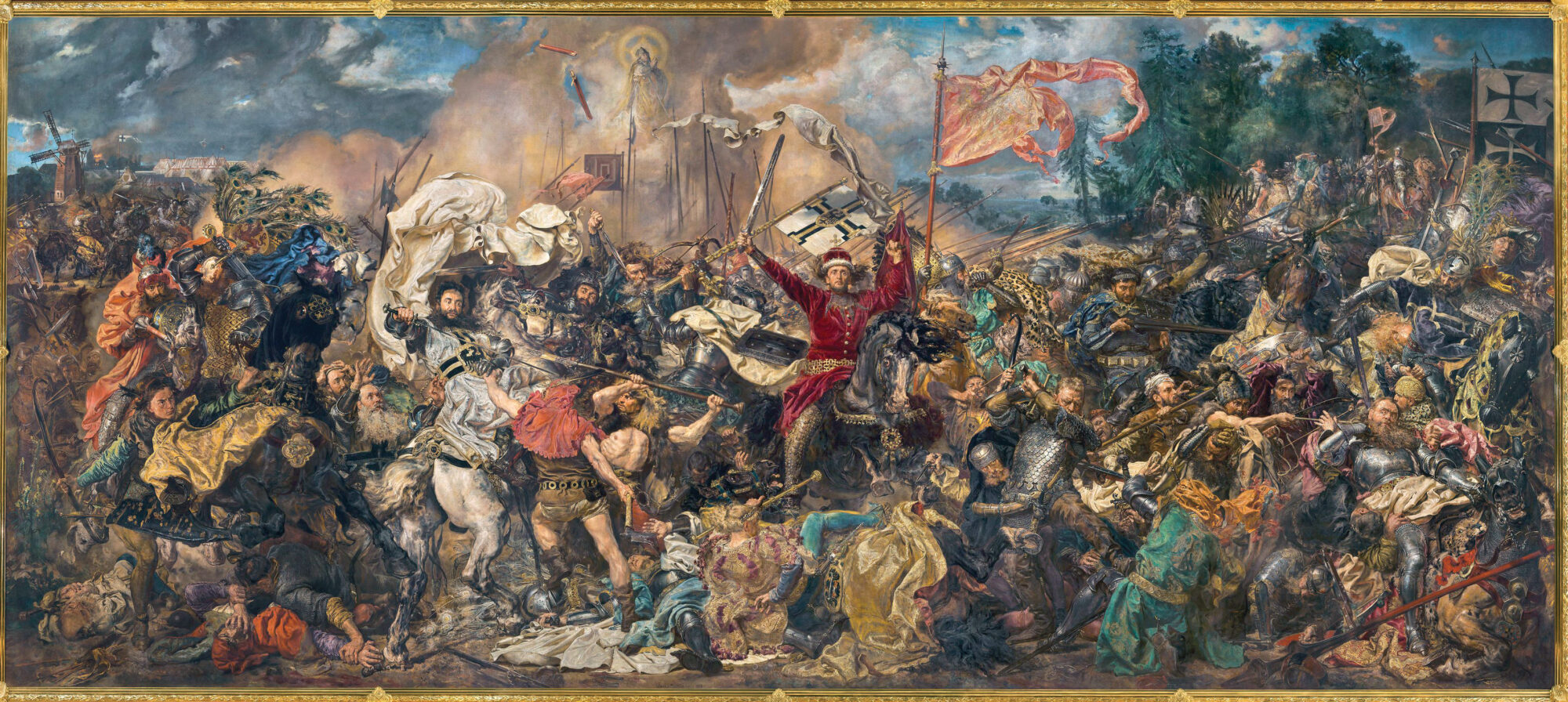
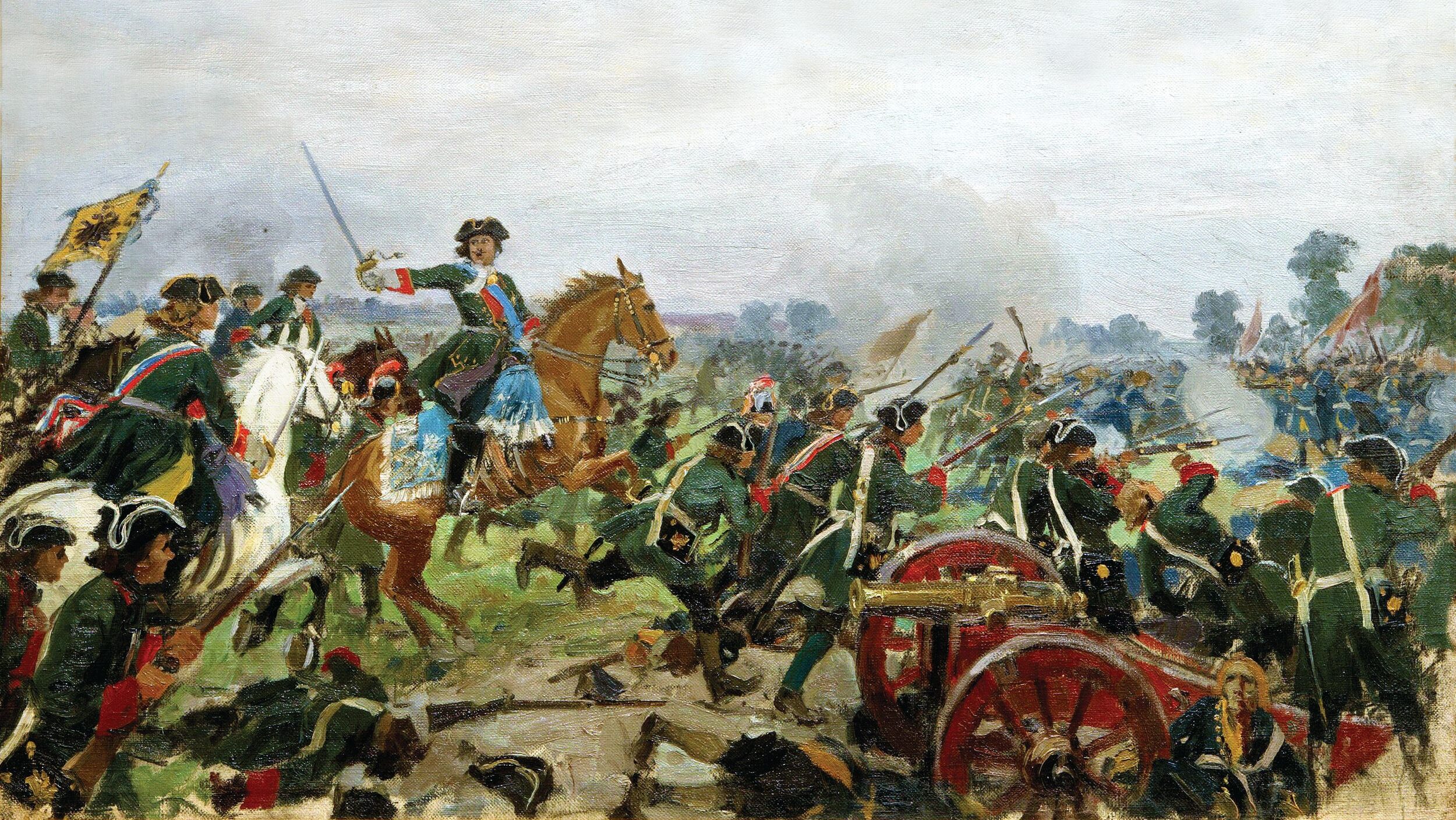
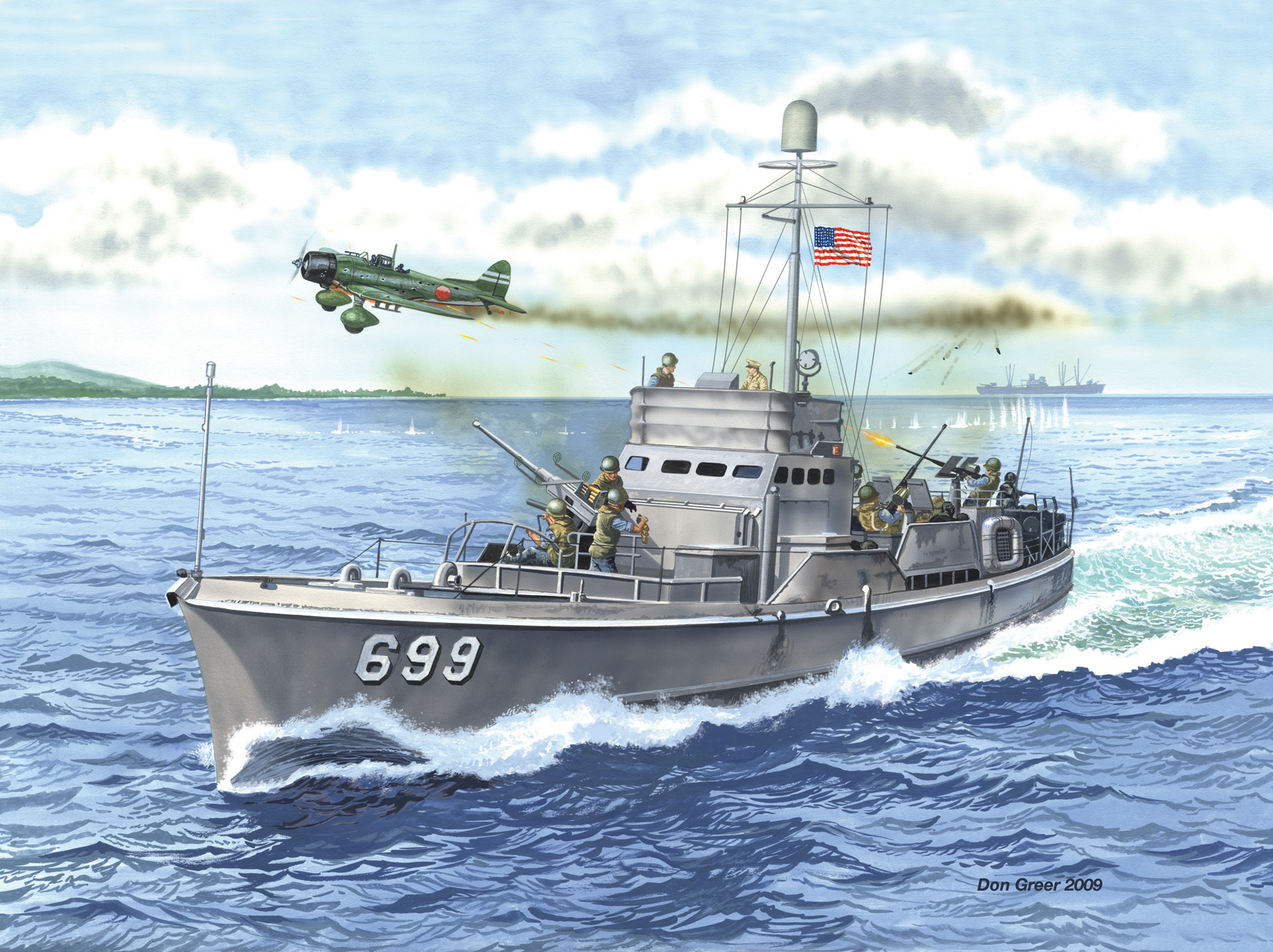
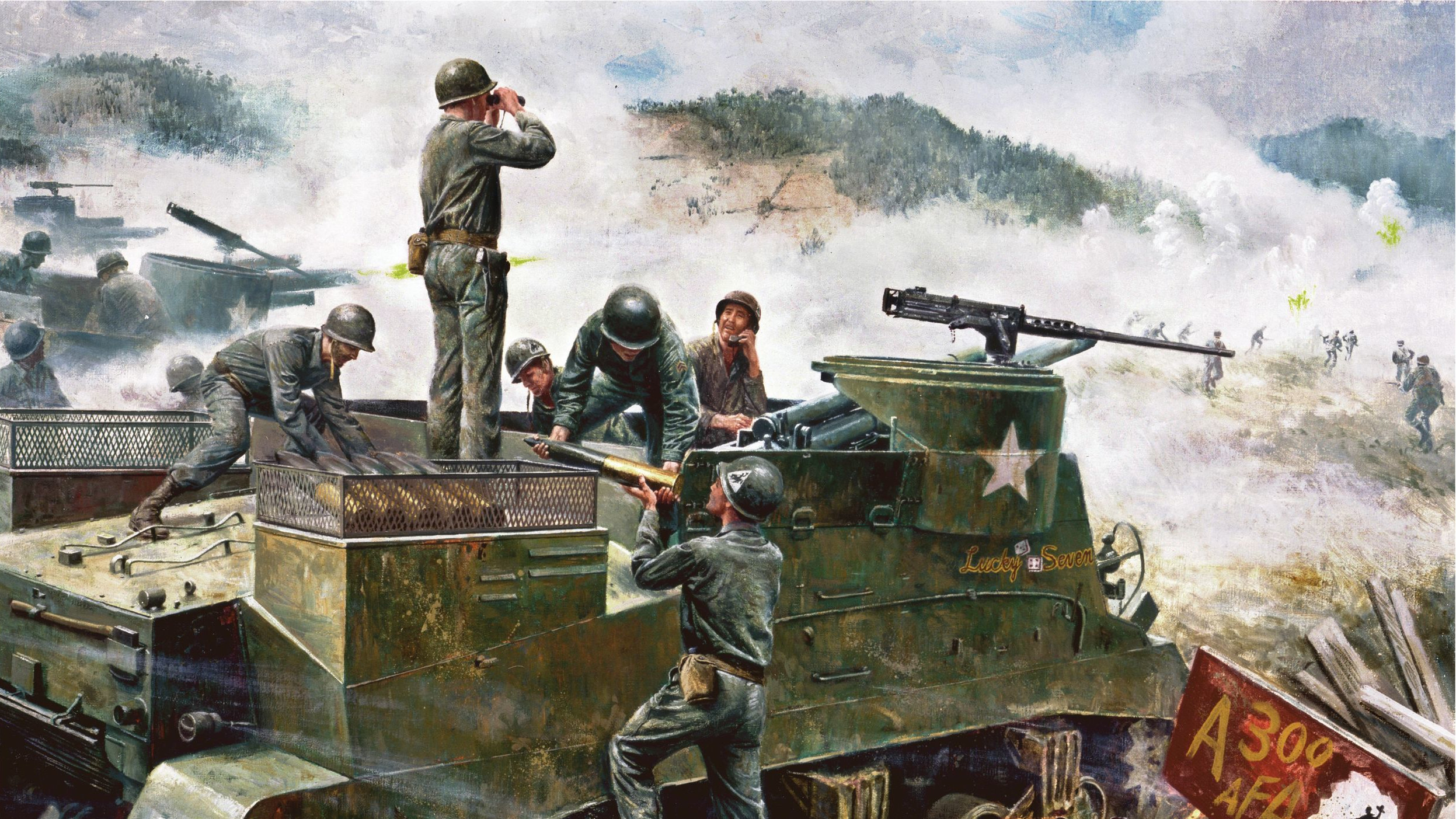
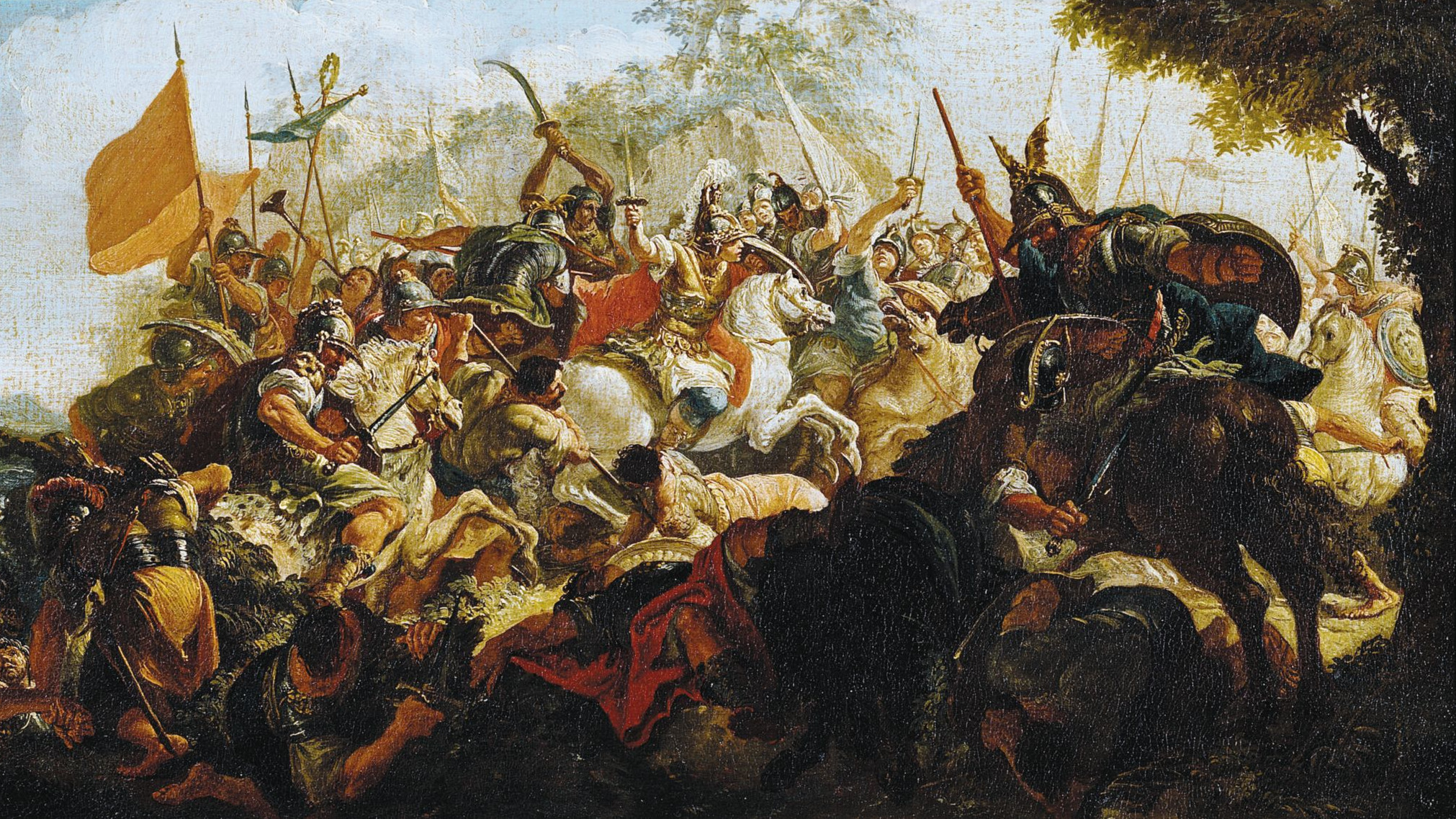
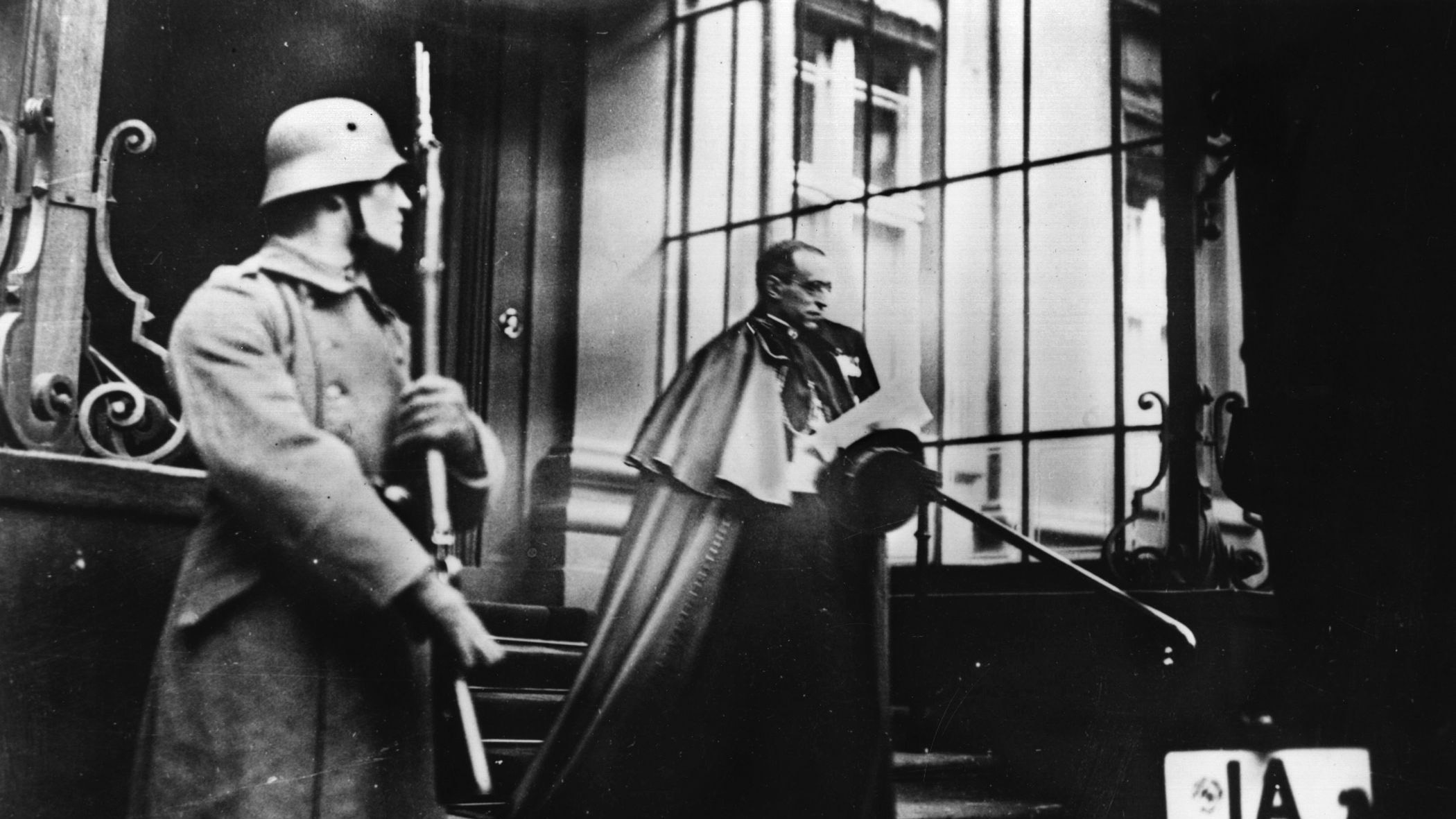
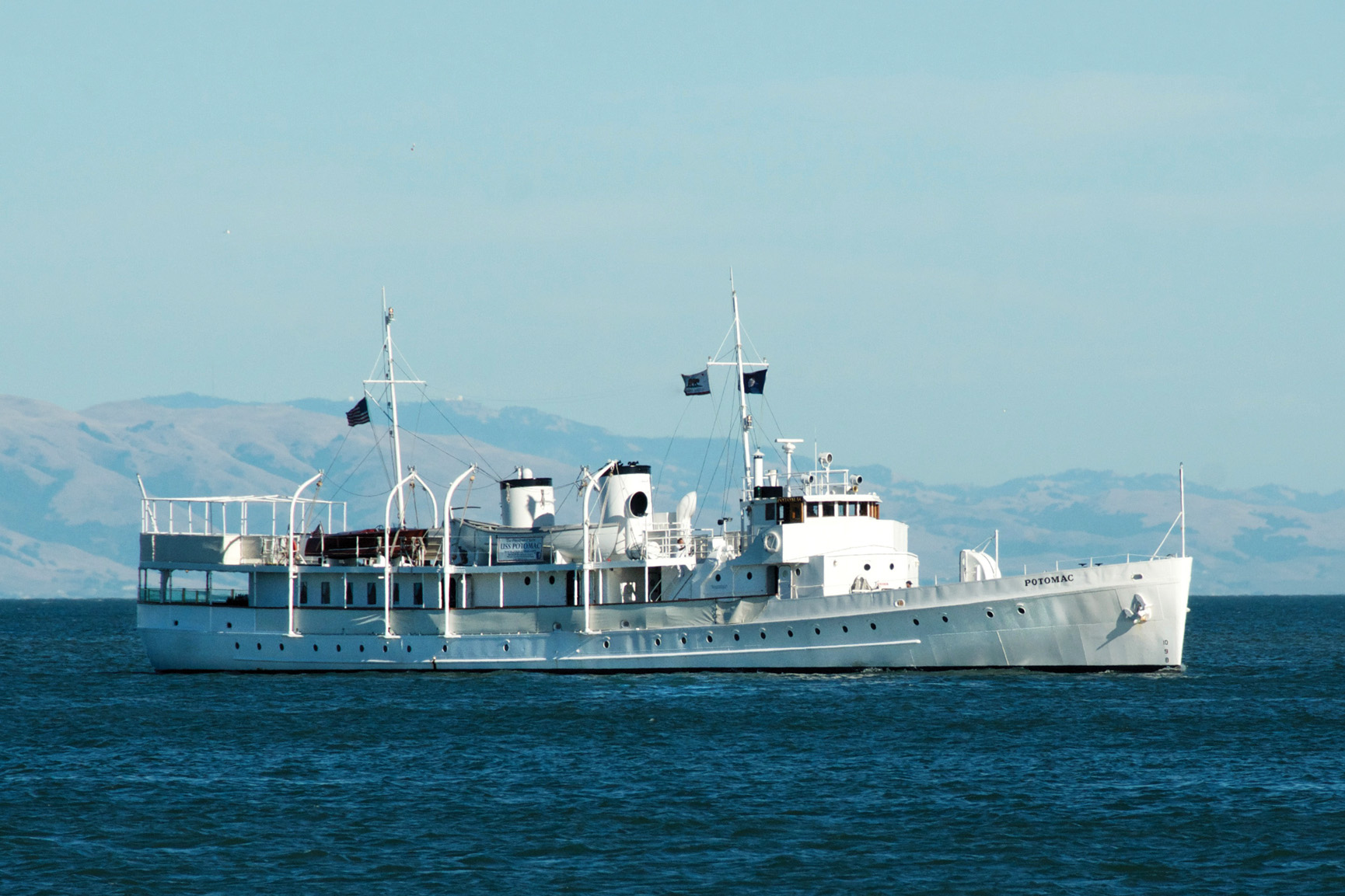
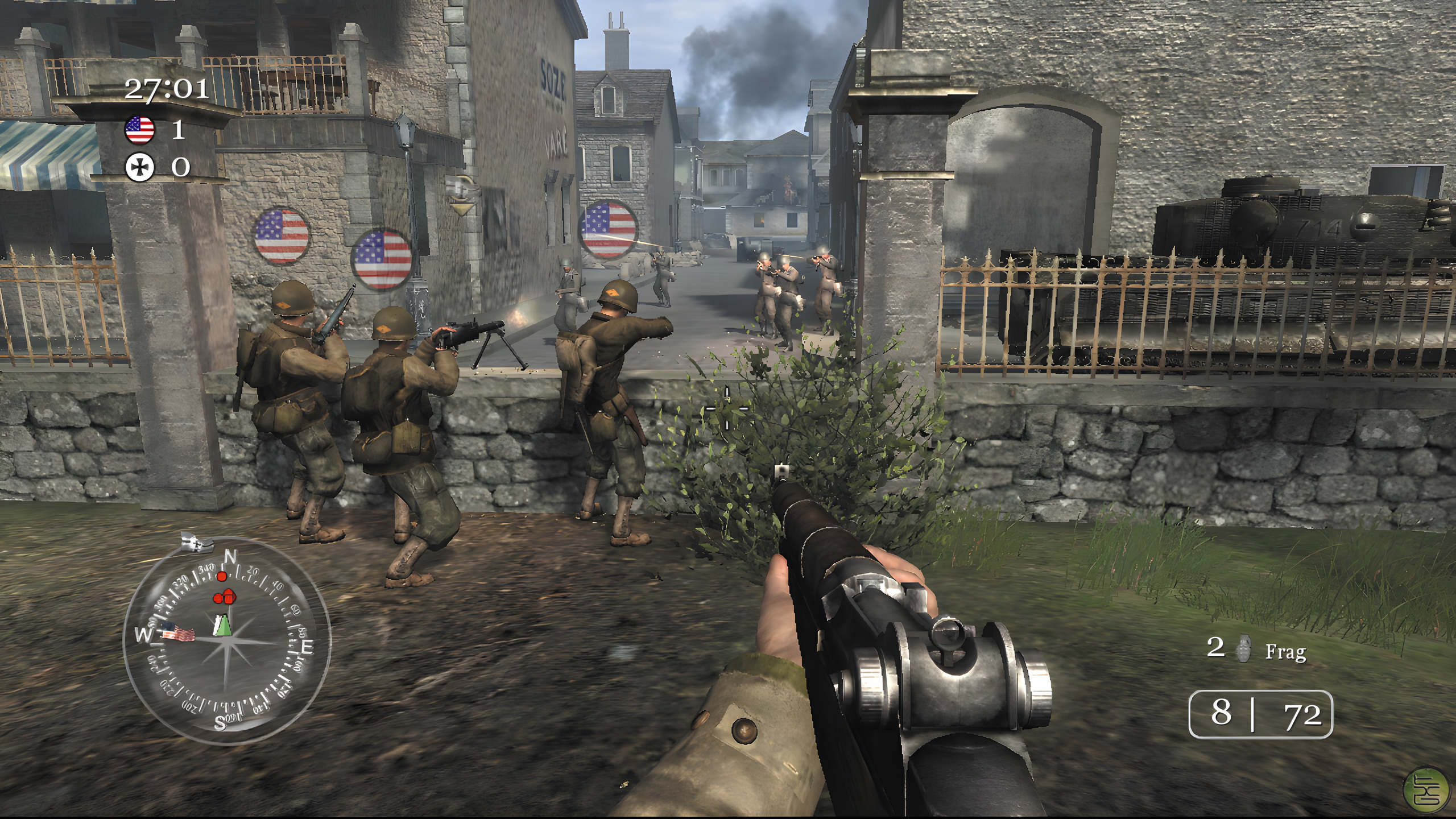

Join The Conversation
Comments
View All Comments